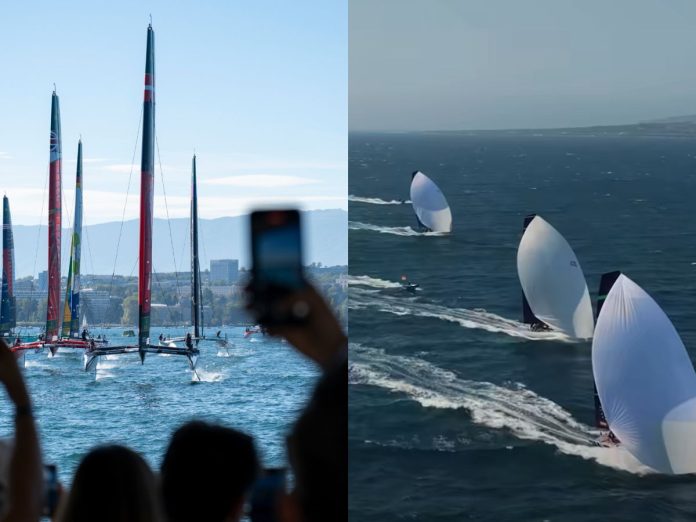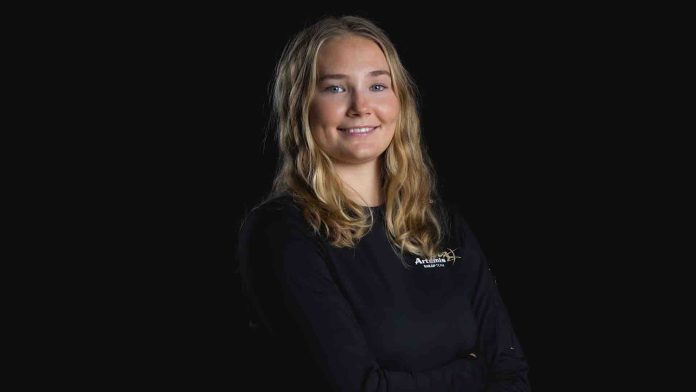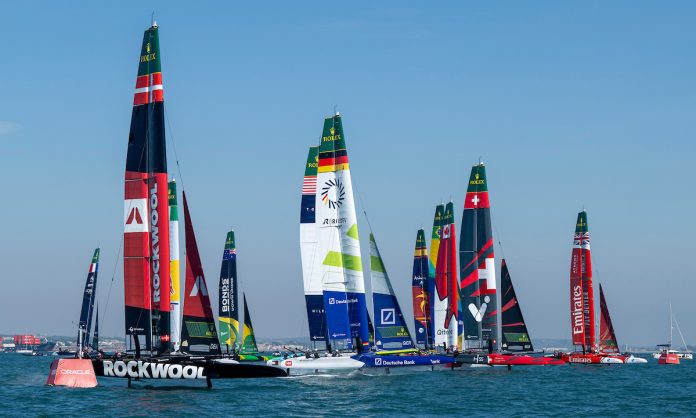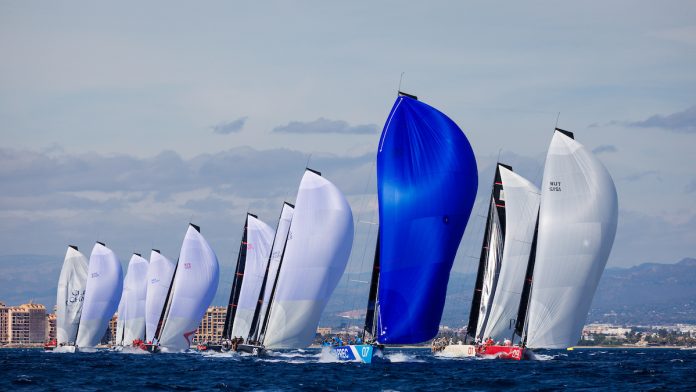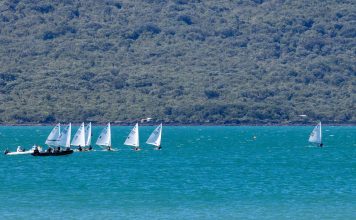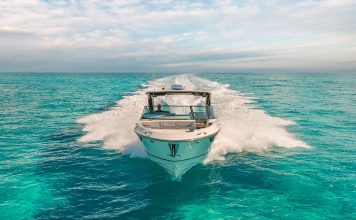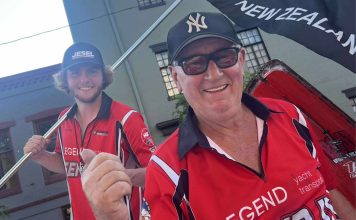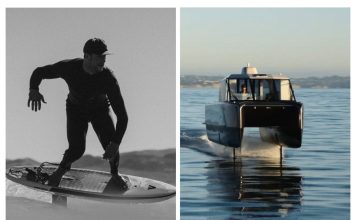Flying Roos soar in Geneva
The BONDS Flying Roos opened SailGP’s Geneva debut with a commanding show of resilience and pace. Even with penalties and poor starts, Tom Slingsby turned setbacks into strong results, once again earning his reputation as the comeback king. The Australian skipper kept his F50 foiling when others faltered, steering his team to the overnight lead.
“Consistency is everything,” Slingsby explained. “We just trusted the boat speed and kept pushing.”

That ability to salvage points under pressure is what makes Slingsby one of the sport’s most feared competitors. And it is also the quality he will carry into another challenge this month, when he joins Kyle Langford and Will Ryan onboard Phoenix for the 52 Super Series finale in Sardinia.
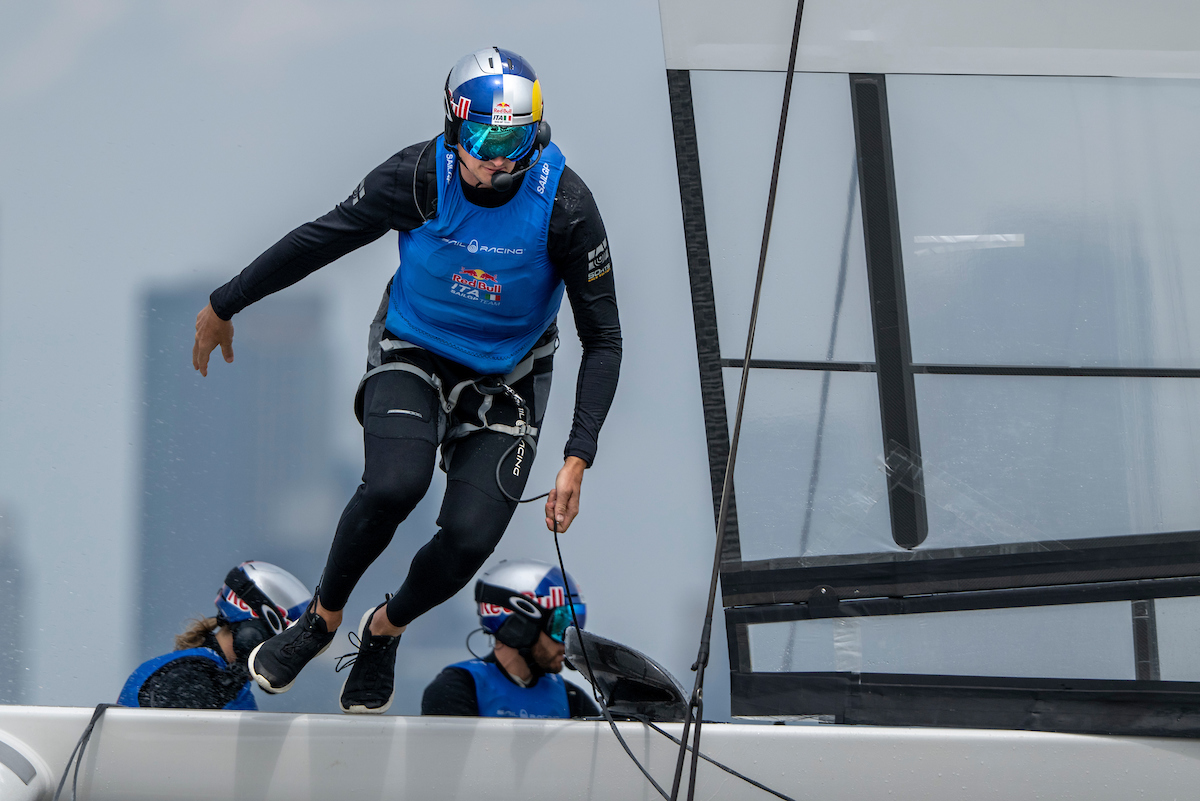
From F50s to TP52s
The contrast could not be sharper. SailGP’s F50 is a 50-foot foiling catamaran capable of sailing at up to four times the true wind speed, flying above the water on carbon foils with just three crew aboard in Geneva’s light-air configuration. Reaction times are split-second, manoeuvres brutally physical, and races are won or lost in under 20 minutes.

By contrast, the TP52 is a 52-foot monohull, rooted in classic yacht racing but refined to the limit of its class rules. Built in carbon, carrying a powerful square-top mainsail and deep fin keel with bulb, Phoenix demands precision from a full compliment (potentially 12) person crew. Manoeuvres are complex, relying on perfect coordination across the afterguard and trimmers rather than instinct alone.

And yet, at the heart of both boats lies the same demand: absolute commitment to teamwork, flawless boat handling, and the ability to read pressure shifts and angles faster than rivals.
Phoenix and the Aussie dream team
Hasso and Tina Plattner’s South African-flagged Phoenix enters Sardinia with an afterguard built around Australian talent. Slingsby brings his tactical nous, Langford his foiling-honed trimming expertise, and Ryan his Olympic precision — a blend that gives Phoenix one of the strongest afterguards in the fleet.
Their task is simple but far from easy: match the consistency Slingsby delivered in Geneva and apply it to a boat that demands patience and control rather than raw acceleration. While the F50 rewards instinct and aggression, the TP52 demands long-game strategy. Shifts still decide outcomes, but over two-hour races, a single poor tack or botched gybe is far more costly.
Two stages, one story
For Australian sailing, the crossover is a reminder of just how deep the talent pool runs. Slingsby has become the face of SailGP with his ability to snatch wins from the back. Langford remains one of the most versatile sailors of his generation, moving seamlessly between America’s Cup campaigns, foiling leagues, and monohull racing. Ryan, a 470 Olympic champion, is showing how quickly elite dinghy skills can translate to the pro circuits.
The F50 and TP52 may look worlds apart — one a flying machine, the other a modern grand-prix keelboat — but the skills they demand overlap. Reading breeze, trusting the team, and keeping composure under pressure are constants. That is why the same trio can dominate on two of sailing’s most elite stages within weeks of each other.
From Geneva to Sardinia
As SailGP continues in Geneva and Phoenix lines up in Porto Cervo, the Australians are at the heart of both stories. If Slingsby and his crew can carry their Geneva form into Sardinia, Phoenix may yet close their season on a high.
What is certain is that the crossover has placed three Australians at the sharp end of two very different, yet equally demanding, sailing arenas. Whether flying above the water or grinding it out on the rail, Slingsby, Langford, and Ryan are showing that Australia’s best can do it all.








